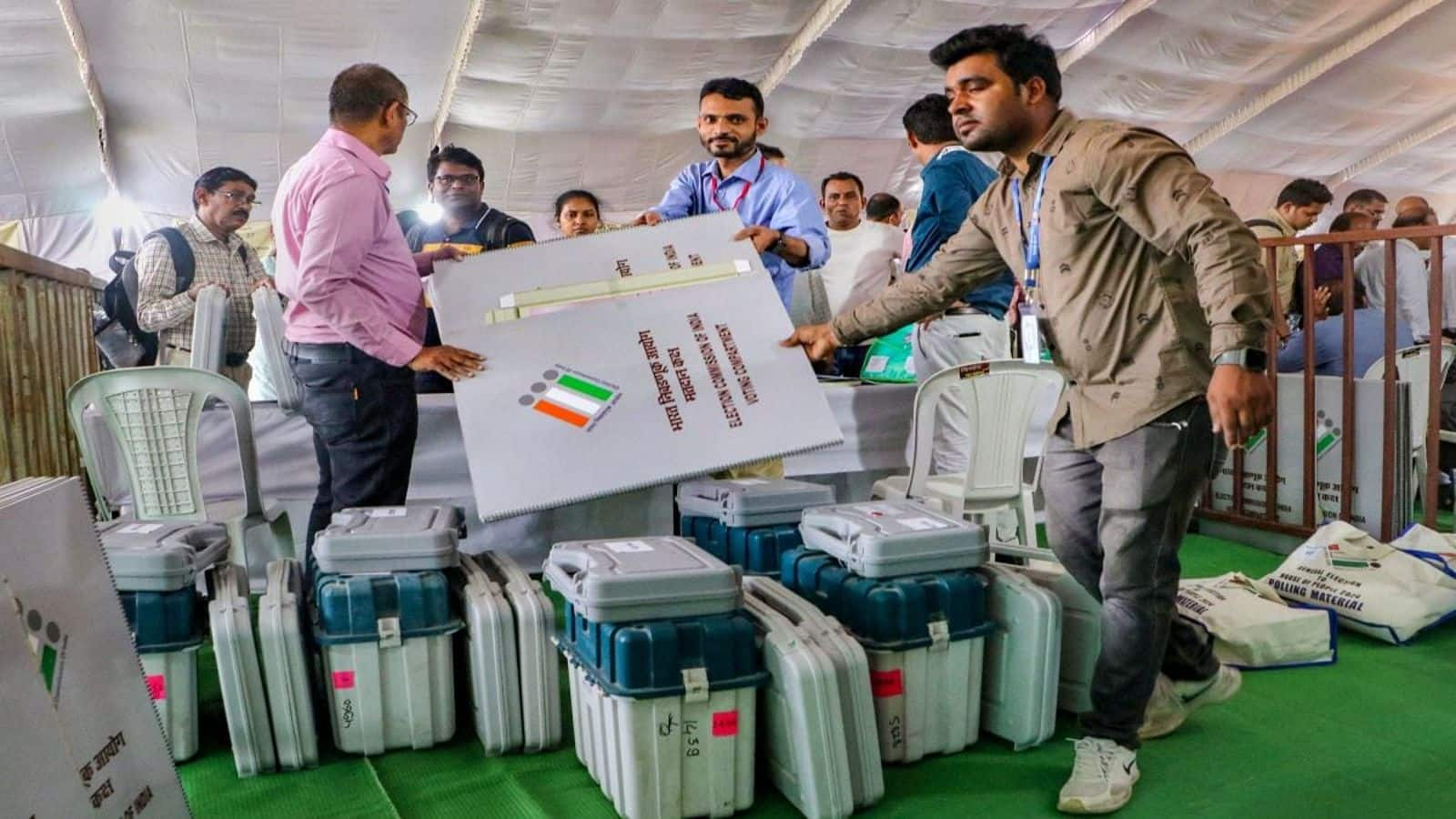
How much does it cost to hold elections in India?
What's the story
The first phase of the high-stakes Lok Sabha elections began on Friday.
The subsequent phases will be held on April 26, May 7, May 13, May 20, May 25, and June 1.
With around 96.9 crore people eligible to vote, this year's election is set to be one of the longest and largest polling exercises in India's electoral history.
Conducting an election on such a massive scale entails significant costs.
Let's examine the expenditure of a general election in India.
ECI's responsibilities
ECI's responsibilities during polls
The Election Commission of India (ECI) is responsible for administering election processes in the country.
This encompasses managing officials and security personnel, setting up polling stations, procuring electronic voting machines (EVMs), acquiring other necessary materials, and launching voter awareness initiatives.
Of these, procurement of EVMs is a significant part of the expense
Expense breakdown
EVM procurement and administrative costs
Since the completion of the 2019 Lok Sabha elections, the expenditure on procuring and maintaining EVMs has increased.
In the latest Budget, an initial allocation of ₹1,891.8 crore was made for EVMs, with an additional demand for grants of ₹611.27 crore tabled by Union Minister Nirmala Sitharaman during the Winter Session.
Another significant expense is the administrative costs, which include payments to ECI officials and volunteers for poll-related work, trainings, travel, conducting campaigns, and videographing polling and political party campaigns.
Poll expenditure
2024 elections to cost ₹1,00,000 crore
This year's election is projected to cost nearly double the amount of the previous election, totaling a staggering ₹1,00,000 crore.
The escalating cost of elections is justified by the continuously expanding scale of polling.
In the initial general election, there were 1,874 candidates from 53 parties contesting in 401 constituencies (including dual member seats), necessitating 1.96 lakh polling booths.
By 2019, these figures had surged to 8,054 candidates from 673 parties vying for 543 constituencies, necessitating 10.37 lakh polling booths.
Poll process
Who bears the expense
According to the guidelines issued by the Ministry of Law and Order in October 1979, the Centre fully covers the cost of the Lok Sabha election.
Similarly, the cost of state Assembly elections is entirely borne by the state government.
However, if the elections to state and Lok Sabha are conducted simultaneously, the cost is shared equally between the state and the Centre.
Notably, assembly polls will be held in Andhra Pradesh, Sikkim, Arunachal Pradesh, and Odisha on May 13.
2024 elections
Longest Lok Sabha election in history since 1951
The upcoming election is anticipated to incur substantial costs due to its prolonged duration.
Scheduled over seven phases spanning 44 days, the 2024 Lok Sabha elections will be the lengthiest ever since the inaugural Lok Sabha election in 1951-52.
The earlier polls took place from October 25, 1951 to February 21, 1952 and were conducted over a staggering 68 phases.